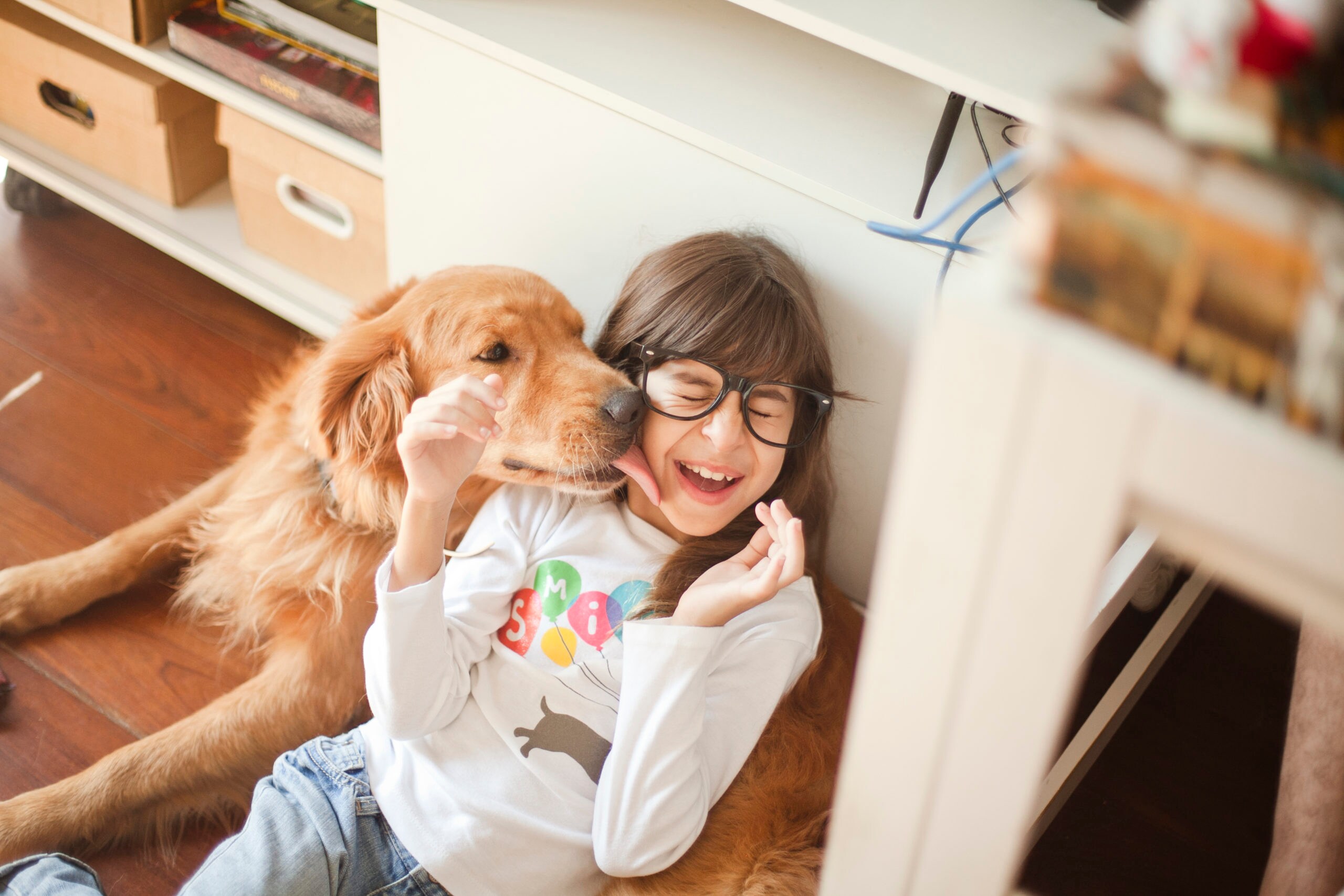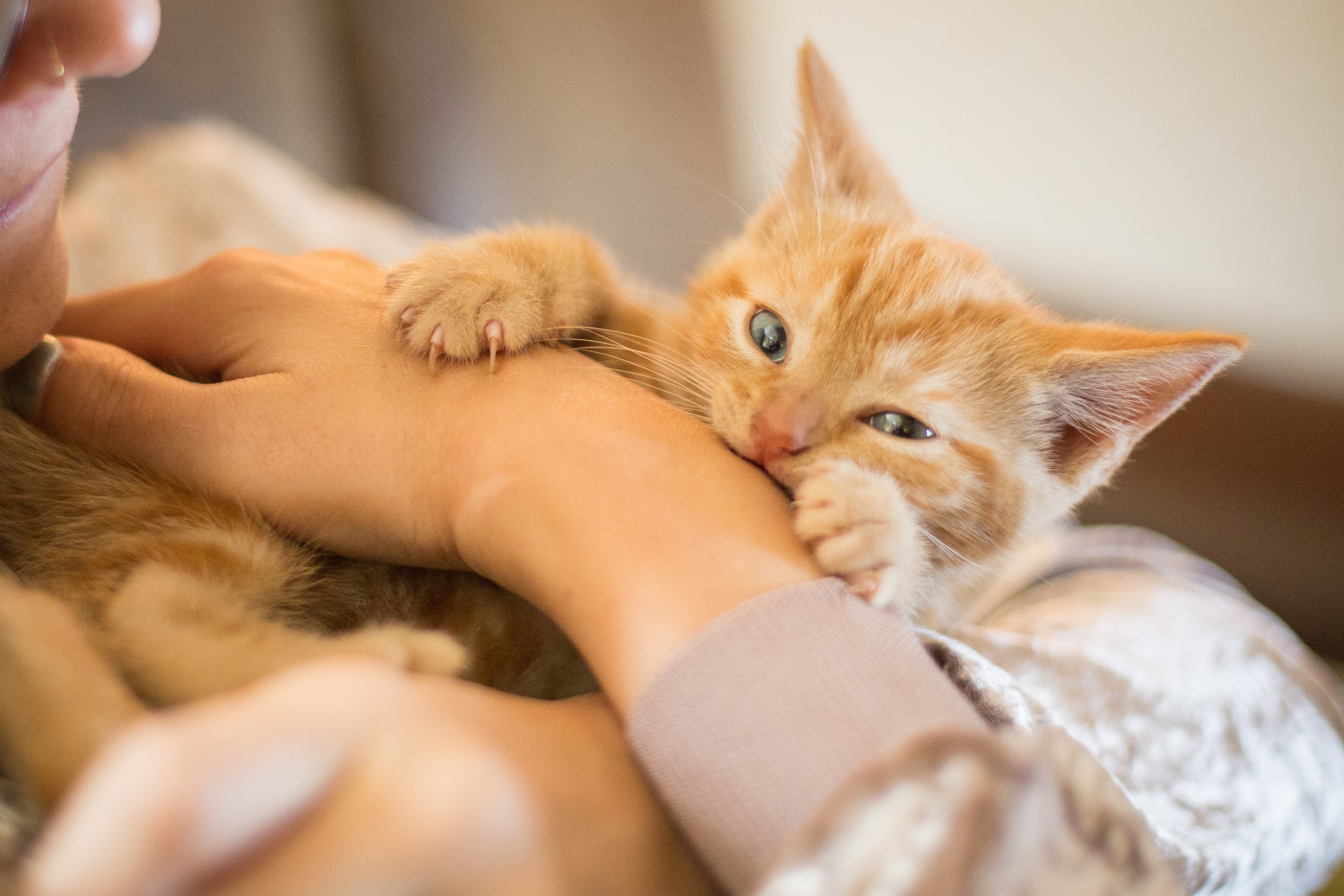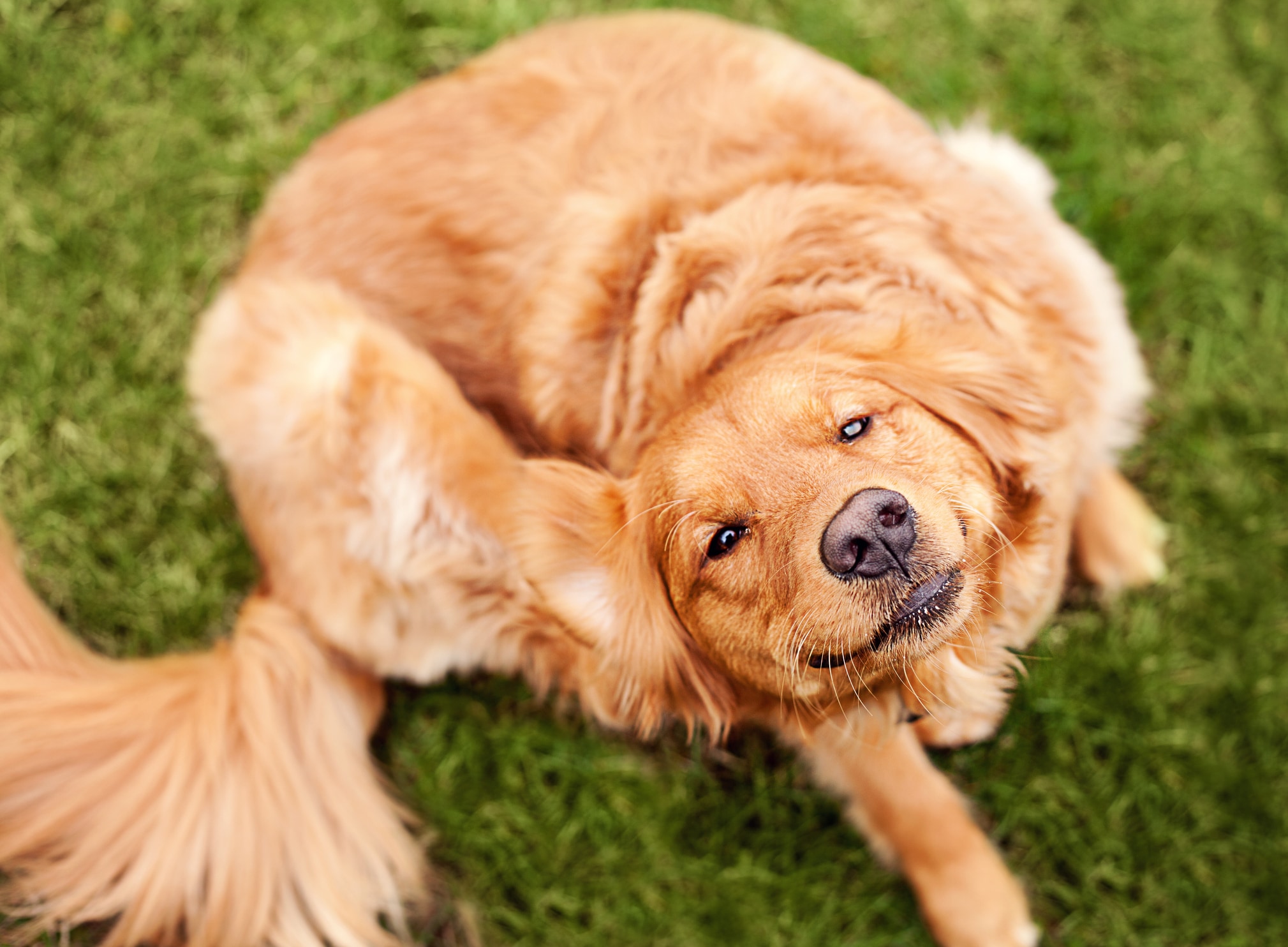Your pup is beginning to remind of you of your toddler in the midst of the terrible twos. Now you’re wondering how to discipline a dog without stressing about it. Just like kids, dogs need to learn what is acceptable behavior and what isn’t.
You wouldn’t expect your tot to instinctively know that coloring on walls isn’t OK, so why would you expect your pooch to know that chewing on pillows is a no-no? Here are nine doggie discipline tips that may seem familiar to moms and dads. They’ll most likely prompt you to think about how to discipline a dog in a more positive way.
- Teach an Alternative Behavior
Like human redirection, this method replaces a negative behavior with a positive one. “In positive training, we teach the dog an alternative behavior that has a higher payoff,” says Lauren Parks, a certified professional dog trainer and the owner of Faithfully Yours Dog Training. “For example, if my dog was chewing on my brand new shoes, I would replace the shoes with, and encourage my dog to play with, a favorite dog toy and give a reward for playing with the toy.”
- Realize Good Behavior Takes Practice
Saying things once doesn’t work with your child when it comes to correcting unwanted behavior, so don’t expect that it will with your dog! Sara Reusche, a certified professional dog trainer, certified veterinary technician and owner of Paws Abilities Dog Training, says, “The old adage ‘practice makes perfect’ is as true for dogs as it is for people.”
- Start Early
Teaching your child right from wrong begins at the start, and — you guessed it — the same is true with dogs. “The best time to address unwanted behavior is now,” says Parks. Start teaching your dog what you want the first day you bring your dog home, she suggests. “This teaching process should continue throughout your dog’s life,” she adds.
- Don’t Stop at “No”
Your toddler is running around the yard when he takes off toward the road. You shout, “No!” Do you end the conversation there? You likely teach your little one why it’s important to stay away from the street. Parks recommends the same approach with dog discipline. “You should teach your dog the behavior you prefer instead,” she says. For example, praise and reward your dog for staying in your yard.
- Set the Stage
Baby gates keep your tot from climbing the stairs, so take this concept a step further with your pup. “One of the most important things you can do as a dog owner is to set your dog up for success by managing his environment. If you know your dog is likely to jump on people in greeting, for example, put him on a leash before allowing people into your home. You can then stand on the leash so that your dog has plenty of room to sit, stand or lie down, but not enough slack to jump,” says Reusche.
- Praise and Reward
Kids’ sticker charts work by providing a reward system. Reward your pup in a similar way — minus the stickers, of course. “Corrections like ‘no’ and averse training tools can create frustration in dogs,” says Parks. Instead, she says it’s better to “teach and practice the wanted behavior with high-value rewards for making good choices instead.”
- Potty Train With Consistency
Both your child and pup need to know how to use the potty (or great outdoors, in your dog’s case). The American Academy of Pediatrics suggests watching your child for signs and routinely taking trips to the bathroom. The American Society for the Prevention of Cruelty to Animals (ASPCA) recommends taking a similar approach with your dog to prevent accidents.
- Build Vocabulary
Just like young children, dogs aren’t born knowing what words mean. “Dogs do not understand English or the human concept of ‘good dog.’ We have to teach these concepts to them and make it worth their while,” says Parks.
- Use Interruption
Your preschooler is painting the rug, and you stop your little artist right in her tracks. Reusche suggests you monitor your dog and use a similar tactic. “If you make a mistake and don’t manage your dog well enough, you can then interrupt unwanted behaviors before, or as soon as, they begin to occur by telling your dog what you want her to do instead.”
Learning how to discipline a dog is a learning process that requires time and patience. If you’re worried that your dog’s bad behavior borders on aggression, read Dog Aggression: How to Get Your Pet to Play Nice.
Erica Loop is the mom to one teenager, two Olde Boston Bulldogs and a very shy cat. She’s also a freelance writer, educator and the creator of the blog Mini Monets and Mommies.





